In Bolzano, northern Italy, a once-controversial symbol of fascism now educates
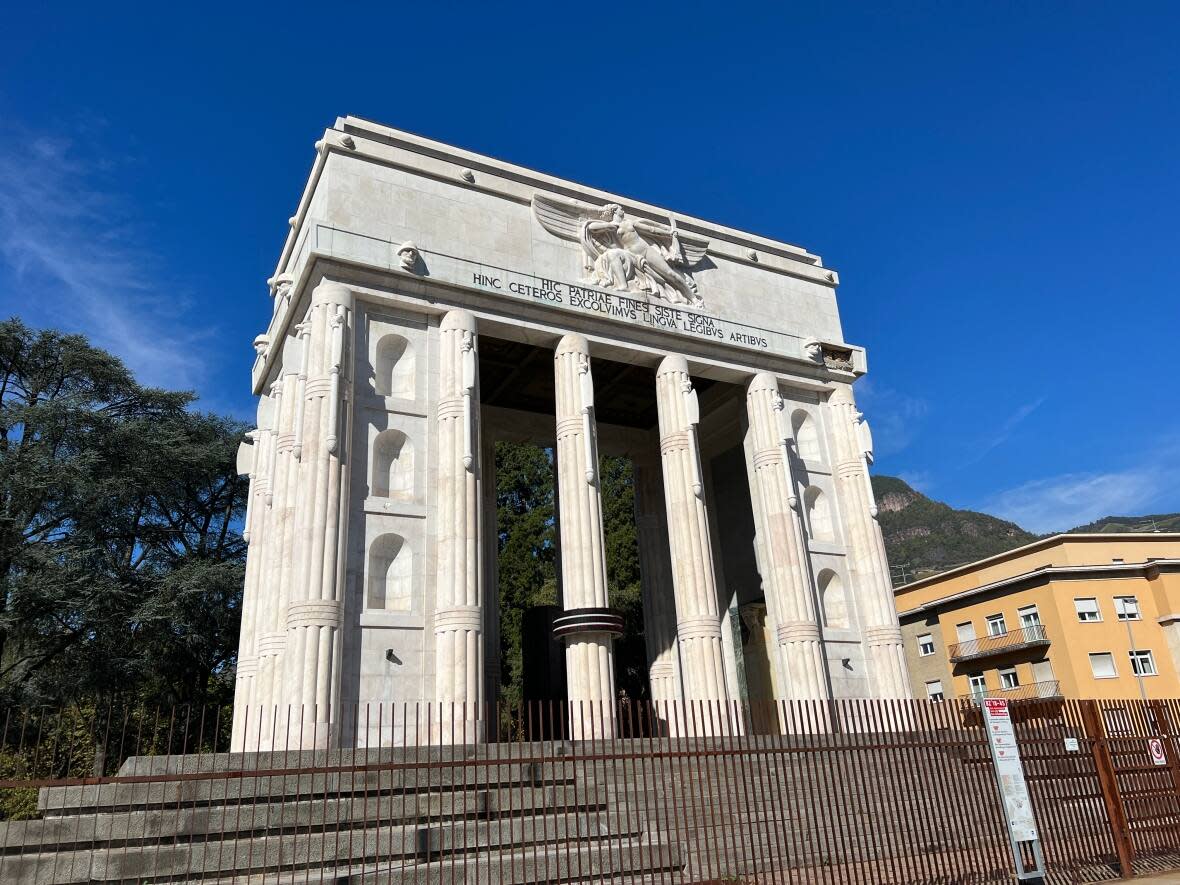
A century ago, violent gangs of 30,000 armed men clad in black — many disillusioned veterans of the First World War — travelled from the southern Italian city of Naples to the capital of Rome.
There, they were joined by the charismatic journalist-turned-politician Benito Mussolini. With virtually no resistance from Italy's king or government, he and his "squadristi," or Black Shirts, seized control of Italy.
The March on Rome, on Oct. 28, 1922, remains a defining moment in Italy's history, ushering in two decades of violent totalitarian rule, an alliance with Nazi Germany, a disastrous attempt to colonize Ethiopia that left hundreds of thousands dead, and the persecution and murder of Italy's Jewish population and political opponents.
In the midst of the march, Mussolini was appointed prime minister by King Victor Emmanuel III on Oct. 29, 1922.
This week, to mark the onset of the regime, anti-fascist marches are taking place throughout Italy, with many expressing concern over the election of the one-time Mussolini admirer and new prime minister, the hard-right Giorgia Meloni.
Yet the election of Meloni isn't the only sign Italy has yet to shake off its fascist past.
Monument to Victory a lightning rod
Mussolini's portrait still hangs in the official residence of the prime minister; fascist monuments and architectural details appear throughout Rome and other cities; and this week, dozens of posters celebrating the March on Rome were slapped up in the streets of the capital.
In Predappio, the birthplace of Mussolini, a persistent core of neo-fascist acolytes have streamed into town for years to pay homage to "Il Duce."
Yet for the past eight years, the small alpine city of Bolzano has provided a quietly effective model of how to "neutralize" a central fascist monument, the Monument to Victory, and end its attraction to the nationalist far right.
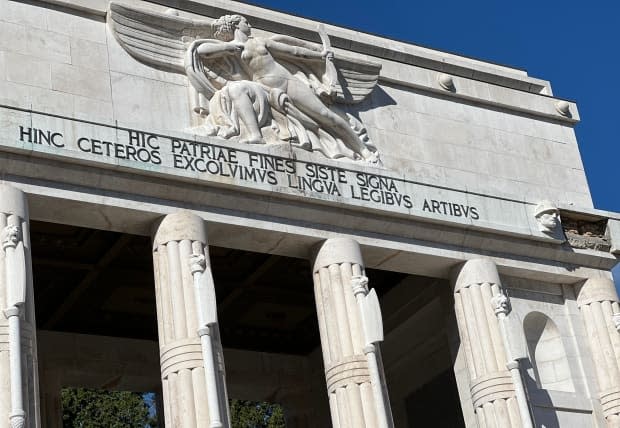
The towering marble arch was completed in 1928, six years after the March on Rome, which occurred just a month after Black Shirts marched on Bolzano. They easily ousted Bolzano's mayor and went on to clamp down on civil rights — in particular, those of the predominantly German-speaking population that, prior to the First World War, was part of the Austro-Hungarian Empire.
Erected on the site of an Austrian war memorial, the Monument to Victory's soaring columns, Latin inscriptions and sculptures of Italian patriots were designed to glorify the triumph of Italy over the South Tyrol region surrounding Bolzano.
Fascism fell in 1945, but the monument remained — a political lightning rod and destination for both neo-fascists who celebrated it and far-right German-speaking nationalists who demanded it be bulldozed.
Then, a decade ago, Bolzano, in northern Italy, took a risk and launched a project to develop a permanent exhibit that would contextualize and critique the politically charged triumphal arch.
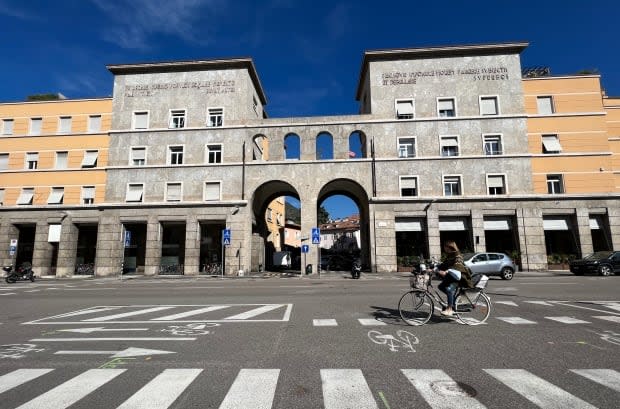
Protests stopped when exhibit opened
Today, wrapped around one of the columns is a red "ring of fire" laser script that reads: "BZ 18 to 45. One monument, one city, two dictatorships." And in the tiny crypt below is a museum on the history of fascism in Bolzano.
Projected along a dark wall over an inscribed Latin phrase from ancient Rome extolling sacrifice for the fatherland, green laser quotes by thinkers Bertolt Brecht, Thomas Paine and Hannah Arendt scroll by in Italian, German and the local language of Ladin.
"They're about democracy, about the importance of saying no to dictatorship," said Aaron Ceolan, the city's archivist and director of the Monument to Victory museum. "When the exhibition opened, it all stopped. There weren't protests, marches anymore."
WATCH | Monument's 'ring of fire' a reminder of Italy's past and present:
The quote by Arendt — "Nobody has the right to obey" — also appears over a bas-relief of heroic tales of fascism with Mussolini on horseback that adorns the nearby finance building — which served as the seat of the fascist party in the 1930s and '40s. (The fascist program in Bolzano also involved the creation of an "Italian city," with the launching of a steel manufacturing industry and immigration of thousands of Italians from neighbouring regions.)
"It's beautiful to see the trilingual script on the building, especially at night," said Miriam Orso, an Italian-speaking lawyer eating her lunch on the steps across from the finance building. "It's important to maintain these fascist and Nazi structures so we remember, but also a response to them, too."
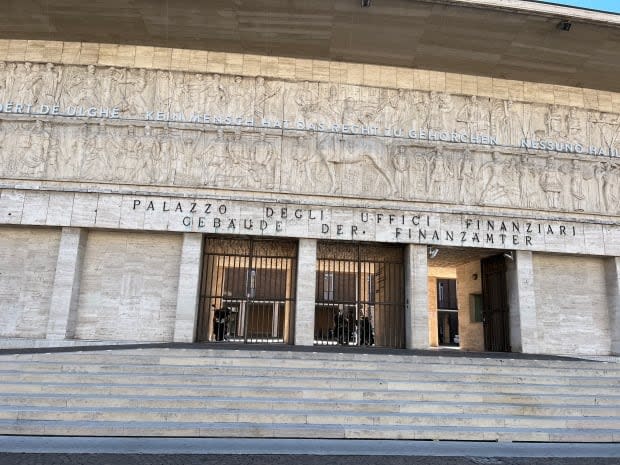
Hans Heiss, a former historical archivist at the province of Bolzano and ex-provincial MP, agrees. He says he is not against taking down statues of individuals who committed crimes against populations, such as slave traders, but thinks monuments are different.
"Architecture is always multidimensional, it has more expressions. In this monument is the tradition of fascism, but also of historicism, of the modernity," he said, adding German cities such as Munich regret having torn down so many reminders of Nazism. "It's a genuine part of that period that forever should be neutralized and sterilized."
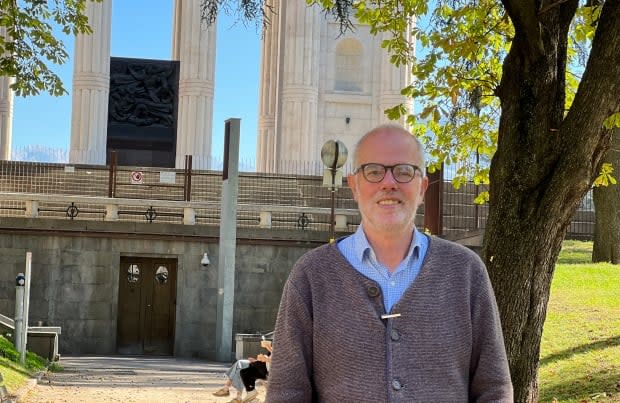
Heiss stressed, though, that the Bolzano project could only work because of "a general positive political climate," including increased rights for South Tyrol's German speakers in 2000.
The involvement of different levels of government and cultural experts, an inclusive dialogue and enough time for consensus were also essential.
New far-right government brings worries
Both Heiss and Aaron Ceolan say the museum and monument intervention have been a victory for democracy and the city, but one that is still fragile.
In Giorgia Meloni's first address to parliament this week as prime minister, she denounced the fascist-era antisemitic laws as "the lowest point in Italian history, a shame that will mark our people forever," and insisted she never sympathized with the totalitarian regime.
Yet her far-right Brothers of Italy, the first party with fascist roots to govern the country post-Second World War, retains the emblem of a flame used by the fascists. One member of her coalition government, Ignazio La Russa, openly collects Mussolini memorabilia.
These are details that do not reassure Aaron Ceolan.
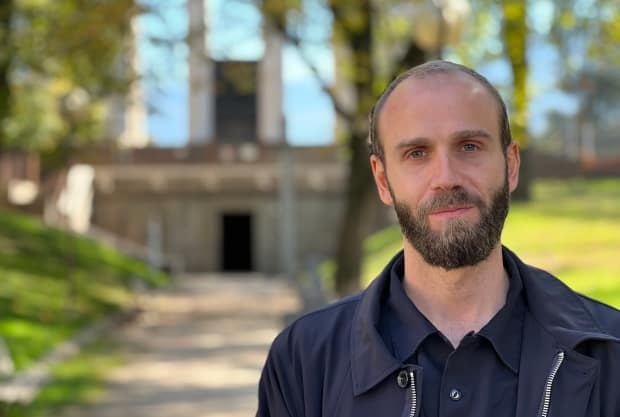
"The ideals of Meloni and her party are quite near to those ideals the fascists had 100 years ago," he said. "And to my mind, it's quite dangerous because a lot of people don't understand what it was."
Heiss agreed and said for the first time since the museum opened, he wonders about the possibility of the government shuttering it and allowing the monument to revert to its original meaning.
"The situation could change," he said.


